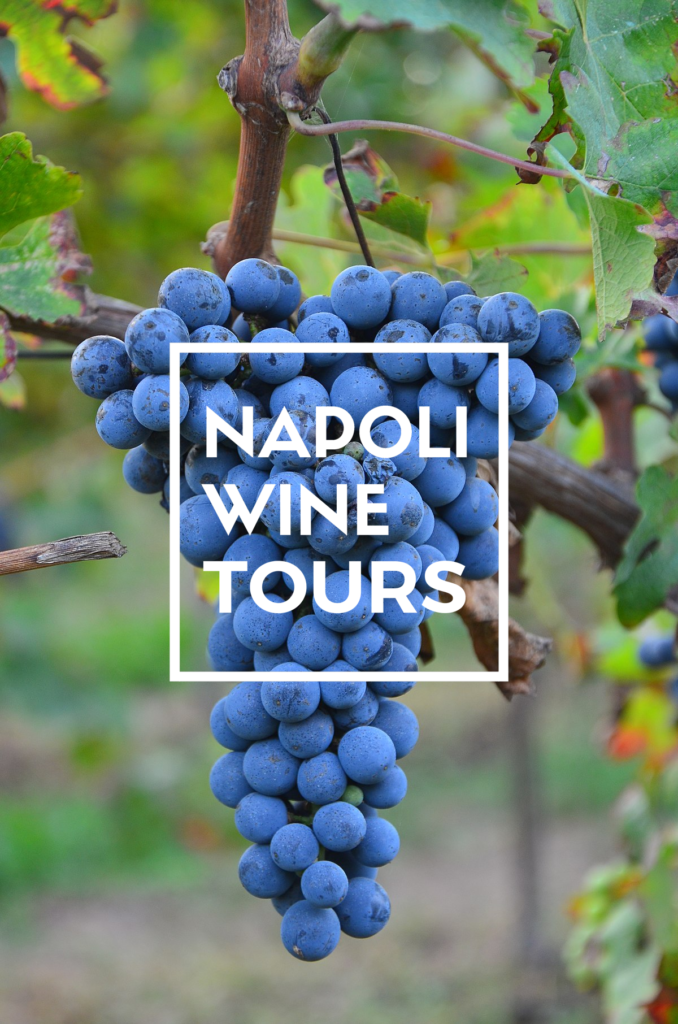
Cabernet Sauvignon is a chameleonic grape variety capable of adapting to numerous terroirs, probably owes its name to the etymology “sauvage” (wild in French); all over the world, it produces robust, structured, and tannic wines suitable for aging. It is certainly a vine of Bordeaux origin, from the Médoc to be precise. Originally called “petite vidure”, its present name appears in local writings for the first time in the 18th century. Only in the early 1990s (thanks to DNA tests), its origin was clarified: Cabernet Sauvignon is officially the result of a natural cross between Cabernet Franc and Sauvignon Blanc. The crossing would have taken place in the seventeenth century, which contradicts the theories according to which the vine was known by the Romans. Fatherhood is interesting for at least two reasons:
• The crunchy aroma of green pepper, for example, is emblematic of the “cabernet family” and of cabernet franc in particular. Likewise, the vegetable and even herbaceous aromas characteristic of sauvignon blanc are found in trace form in the primary aromas of cabernet sauvignon.
• It is interesting to note that the mutation at the origin of this variety took place in the Médoc. It could have happened in any vineyard where Cabernet Franc and Sauvignon Blanc were grown (the Loire Valley, for example), but it happened right there! In the place where Cabernet Sauvignon reveals the best of its capabilities in the Medoc. So its terroir of origin is also its terroir of choice, and there is something deeply fascinating about that.
However, this vine reveals different aromatic nuances depending on the terroir, the climate, and the winemakers who work it, as it is a real chameleon grape. The result is a wine that is always structured, tannic, and destined for aging. The primary aromas are the aromas that characterize the vine: they are independent of the terroir and climate. For Cabernet Sauvignon, these are aromas of cherry, red currant, cinnamon, pepper, and sometimes menthol notes.
The secondary aromas are more a reflection of the terroir. As for the tertiary aromas, they are characteristic of the winemaking method, and therefore of the oenologist’s work. This is where our dominant grape takes on all its nuances! It has smoky notes in the Bordeaux region, releases notes of tobacco in California, chocolate in Australia, or spice in Chile.
Let’s see the two Italian Cabernet Sauvignons that we have tasted, and what surprises they have revealed to us. The first is produced in southern Tuscany, in Maremma (a region with marine and mountain influences). The second is a Cabernet Sauvignon from the Alghero region of Sardinia.
Ceccante, Cabernet Sauvignon 2017, Maremma Toscana Doc, Grillesino, 14.5 °.
I’ts made with 100% Cabernet Sauvignon, whose clones were selected in collaboration with the Institut d’oenologie de Bordeaux. The production is limited only to the best vintages. The wine is aged in barrique for 16 months followed by another 10 months of aging in the bottle. This version is very responsive to the characteristics of the vine, which confirms the similarity of the Tuscan / Bordeaux terroir… in our opinion. The drink is pleasant and interesting in the evolution of the glass.
Color: Intense ruby red
Olfactory notes: red fruits (cherry), herbaceous (pepper and tomato leaf), anise, tobacco.
Taste: dry, warm wine, but very balanced for its 14.5 °, this thanks to the action of the tannin that immediately comes into play and helps to dampen the alcoholic section. The aromas have a long and pleasant persistence especially on the herbaceous notes and in an additional note of licorice
Marchese Villamarina, Cabernet Sauvignon Riserva 2015, Alghero Doc, Sella and Mosca 13.5 °.
It’s made with 100% Cabernet Sauvignon whose vines are grown on strong soils of ferrous clays, combined by ancient geological chaos with sands of aeolian nature. A terroir that influences and shapes the variety in a Mediterranean key, making the wine fine and seductive. The wine ages in barrique for 12 months, making the tannins very soft and silky. The freshness component is well balanced, the amazing note that makes it completely different is the mint aroma, in particular, one could even say the mint syrup.
Color: Ruby
Olfactory notes: (red fruits (black cherry jam), tobacco and spices, balsamic notes.
Taste: dry, warm enough, and very soft. The tannin is smooth and silky, it is an elegant and balanced wine. The aromas are not of great intensity.
If you also liked this article and would like information on the possibility of having private and personalized tastings, do not hesitate to contact us.
